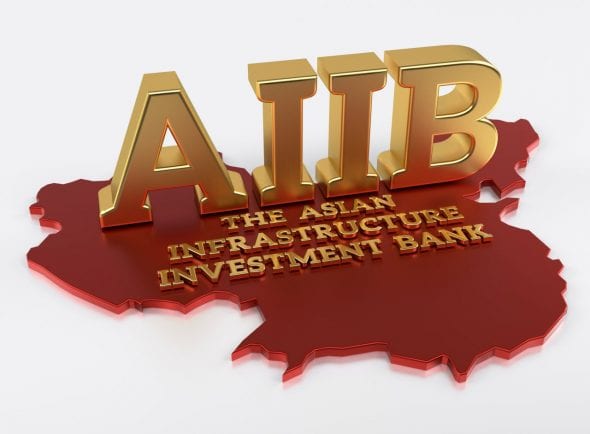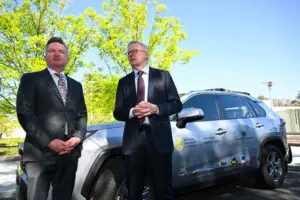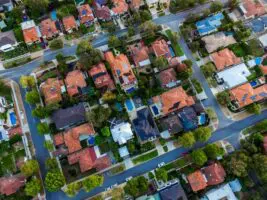The launch of the Asia Infrastructure Investment Bank’s (AIIB) energy strategy last week in South Korea could not come at a more crucial time.
Southeast Asia’s expanding economies are hungry for power. Indonesia alone is looking to build 35GW of new power plants by 2020 and Vietnam’s electricity demand is projected to grow more than threefold between now and 2030.
Getting this right is critical for the region’s development potential: growing its economies while not sacrificing its future to pollution from coal and climate change.
But clean air need no longer come at a price, because in the right conditions, renewable energy is beating fossil fuels like coal on cost and efficiency. India, for example, is on track to construct a remarkable 275GW of renewable energy by 2027.
Last month, costs for solar hit another record low, dropping 45% since January 2016. Coal plants are being shelved for the simple reason they can no longer compete on price.
However, there exists a tried and tested blueprint for investing in coal-fired power stations in the region. Governments know how to set up the requisite regulatory and investment framework, utilities know how to operate the plants, and investors are experienced in packaging the deals.
Renewable energy is often smaller scale and more diversified. That’s a positive for a variety of factors, such as the ability to come online more rapidly, but it does require new ways of thinking for utilities and investors alike.
On the global level, that potential is already being realised. In 2016, for the fifth consecutive year, investment in new renewable power capacity was roughly double that in fossil fuel generating capacity.
But this is only the tip of the iceberg because according to the International Energy Agency, Southeast Asia alone will need a cumulative $2.4 trillion in investment in energy supply.
This presents a major opening for private capital investors, but support is needed from governments and international financial institutions to surmount the challenge of change itself.
That’s why potential leadership by AIIB would be so important. By leaving behind the fuels of the past and focusing on renewable energy, the AIIB can turbo-charge the economies of Southeast Asia and unleash billions in new investment. The AIIB recognises this, but unfortunately it still leaves the door open for fossil fuels, a mistake in our view.
In the light of the Paris Agreement on climate change as well as cost competitiveness, we believe that the days of fossil fuels are behind us.
For scarce public finance, we need investment in the generation assets of the future, not relics of the past at risk of being stranded. And international financial institutions have a major role to play in addressing long-term lending in order to reduce the costs of borrowing.
Investors such as ourselves at Vietnam Holding who are searching for genuinely sustainable opportunities require their guidance.
AIIB President Jin Liqun has promised a ‘lean, clean and green’ institution with a ‘pioneering spirit’. At the World Economic Forum in Davos this January, AIIB’s vice- president for strategy and policy, Joachim von Amsberg, also suggested that the bank would abide by this pioneering spirit. “There’s a strong consensus that AIIB has to be a green bank and the portfolio has to show that it’s a green bank and if the portfolio is full of coal projects you won’t look like a green bank,” he said.
Indeed, AIIB has about USD100 billion of capital at its disposal. None of it should be invested in coal-fired power generation in our view.
By living up to this promise and deploying its considerable capacity to catalyse the transition to renewable energy, AIIB can play a vital role in leading the region towards a truly sustainable future. Smart investors are ready to follow.










